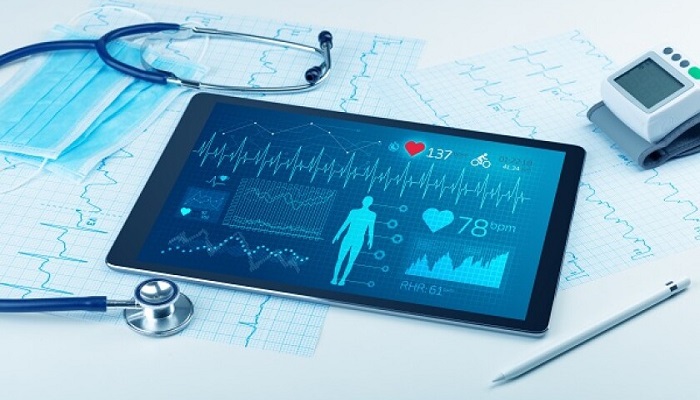The range as well as roles of applications that are used in healthcare continue to progress, specifically as providers as well as patients look for enhanced integrations as well as connected digital touch points. This has in it the mobile apps that go on to provide tailor-made health information for patients or even enable providers to access data when on the go. Digitally driven care access is going ahead, and supporting healthcare organizations touches their communities beyond hospital walls.
But many health systems still happen to depend on legacy apps that would require high levels of guidance, do not offer needed scalability, or fail to give out measurable business outcomes. Organizations that go on to make a commitment when it comes to addressing the burden of legacy applications witness umpteen benefits, like faster development, an elevated level of innovation, and also enhanced efficiency. By making the most of the scalable infrastructure as well as agile development, customer satisfaction is elevated and risk is decreased. It is well to be noted that the outcomes happen to be certainly worth the effort that is being put in.
Organizations must go on to have a clear roadmap when it comes to app modernization if they are to make full use of the benefits. Let us look into the following four stages of app modernization so as to support digital transformation.
Stage 1: Assessment of the application
It is worth noting that the first step of any endeavor happens to be setting goals. Analyze the present applications’ code bases as well as evaluate them against the modernization goals. How scalable are the apps? Are they really easy to maintain? Are they effective and efficient, as well as useful? An entire assessment engagement can go on to offer a big-picture overview of many apps and go on to offer a custom plan that aids in achieving the modernization objectives.
Stage 2: Migration to the Cloud
The fact is that as apps move to the cloud, numerous IT leaders simply go on to default to a familiar public cloud environment, thereby forcing their apps to fit the cloud’s feature set. Instead of letting the tail wag the dog, one must base the decision on the cloud service provider’s capacity to deliver the exact services one needs. This point becomes even more significant when organizations happen to be managing their core, edge, as well as cloud data from the cloud itself.
Stage 3: Modernization of Application
Now that one happens to be having a clear understanding of the modernization requirements and where the apps will live, one must develop cloud-ready applications that happen to meet the exact needs. This, in any estimation, means using modern technologies: containers so as to enable seamless deployment throughout multiple environments; microservices to enable each core function to be built independently; AI to mine insights from massive amounts of data; as well as automation in order to streamline deployment as well as diagnostics.
Stage 4: Optimization of the Application
It is worth noting that application modernization is not just a one-and-done process. As with any initiative that becomes successful, app modernization must be sustained over time. Application monitoring tools can enable one to make sure that modernized apps continue to sync with people, processes, as well as governance. Ensure that tracking major performance indicators is an ongoing assessment process, and also keep taking steps to make sure that the apps and environment go on to meet the organization’s requirements and objectives.


















